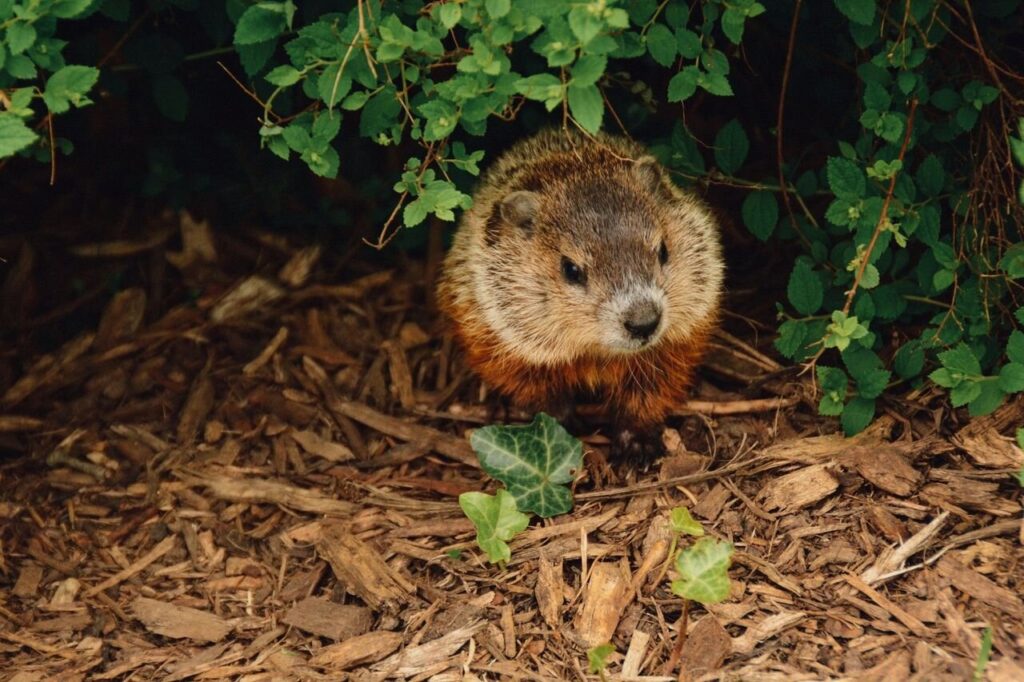
As carriers of fleas, ticks, and even rabies (which can make them aggressive toward humans), it is best to leave the removal of these furry fiends to the professionals. At Wildlife Prevention & Repair, we specialize in removing problematic animals from your property, including groundhogs. Furthermore, we offer preventative measures to guard against future problems and repairs that can be quite costly. Let us protect your yards, play areas, and homes from these mischievous creatures so you can enjoy your home with an exclusive guest list—trespassing vermin barred.
We offer groundhog removal services in Humboldt, Milan, Union City, and other surrounding areas. Give us a call today!